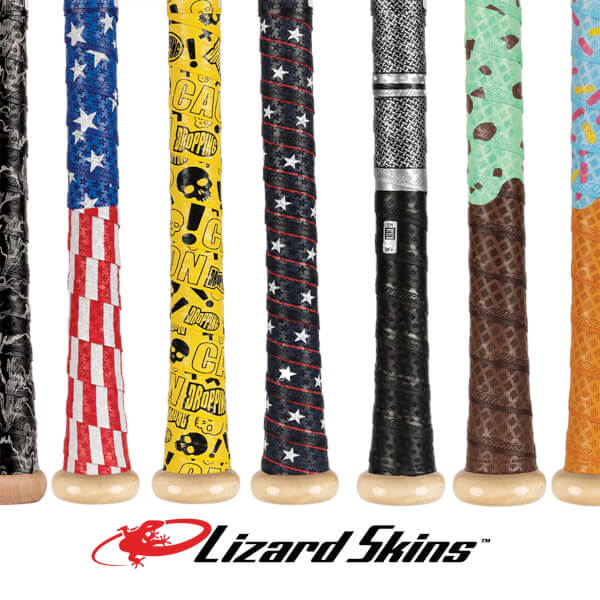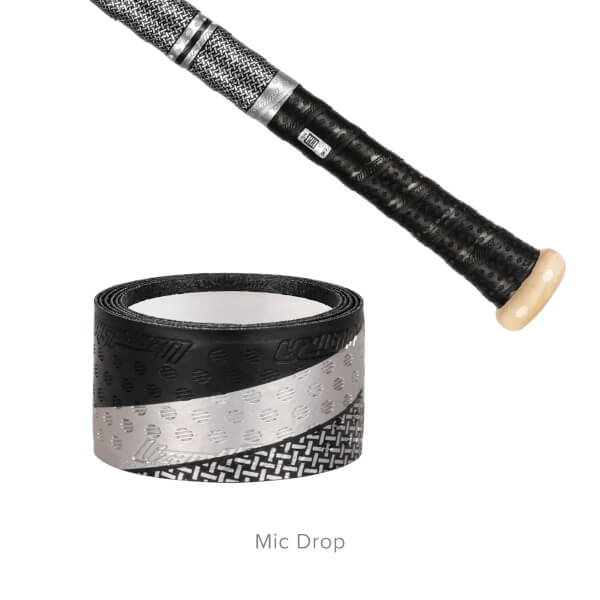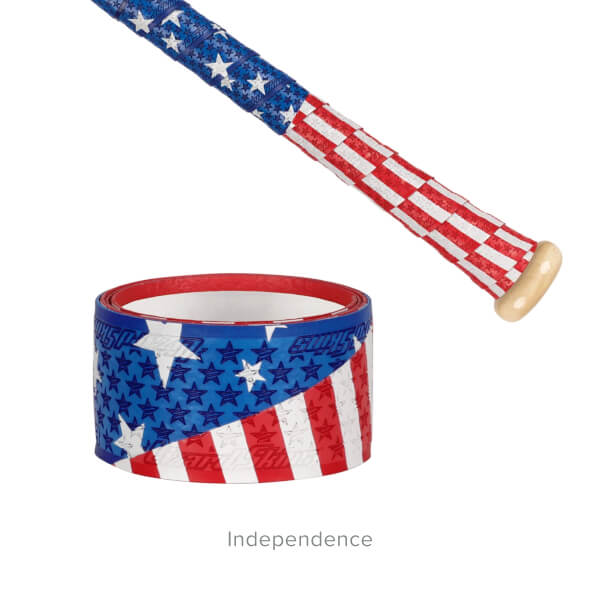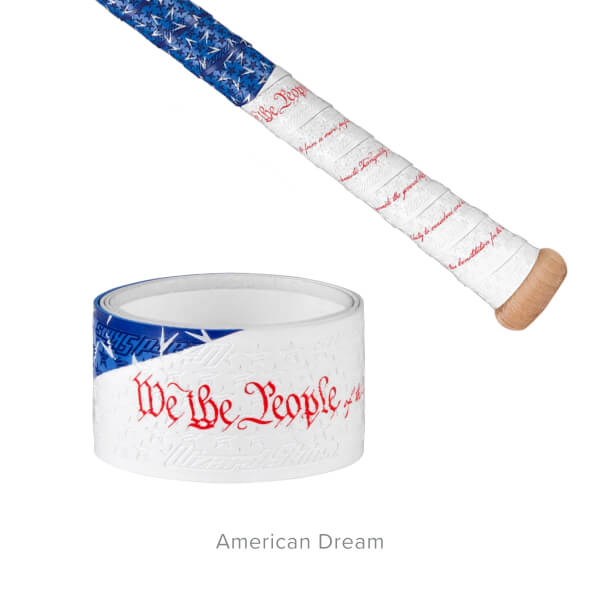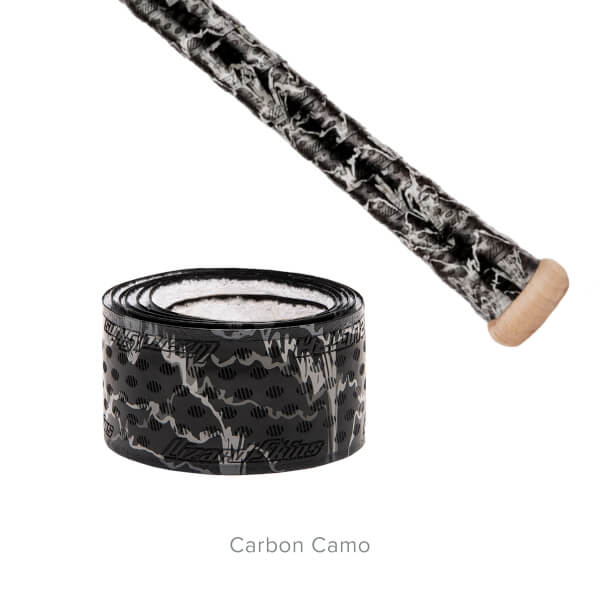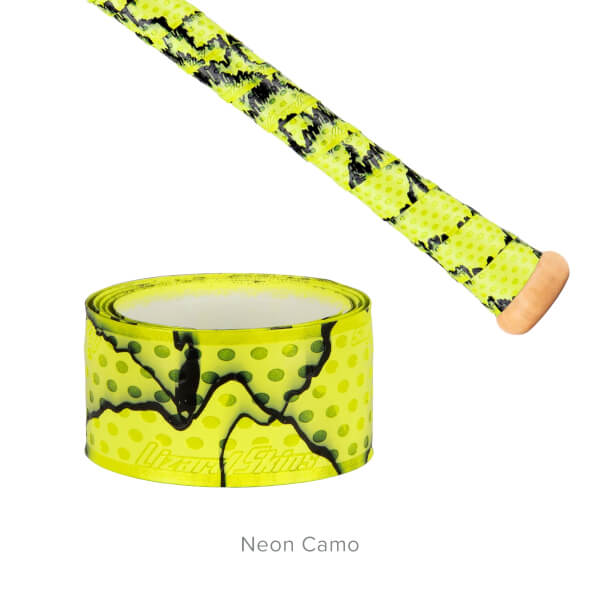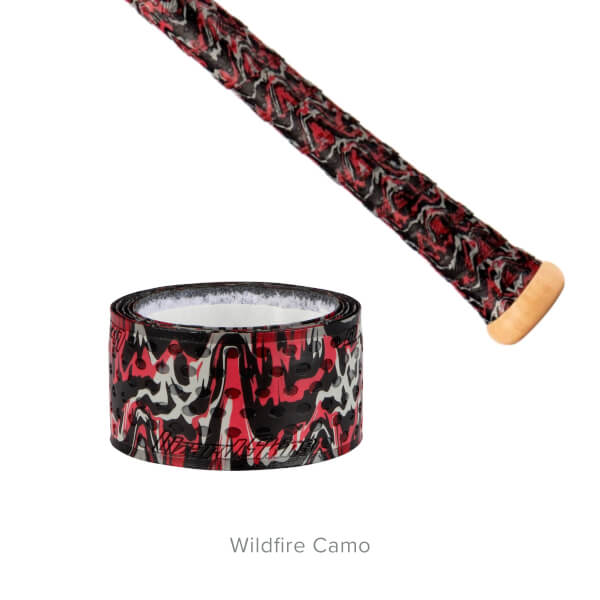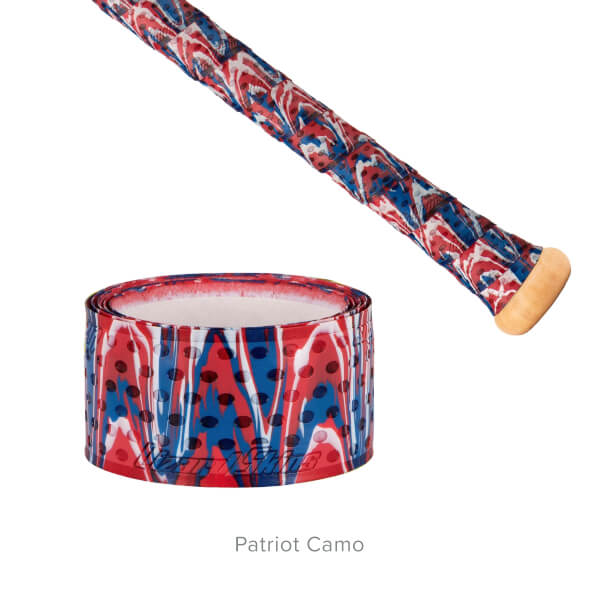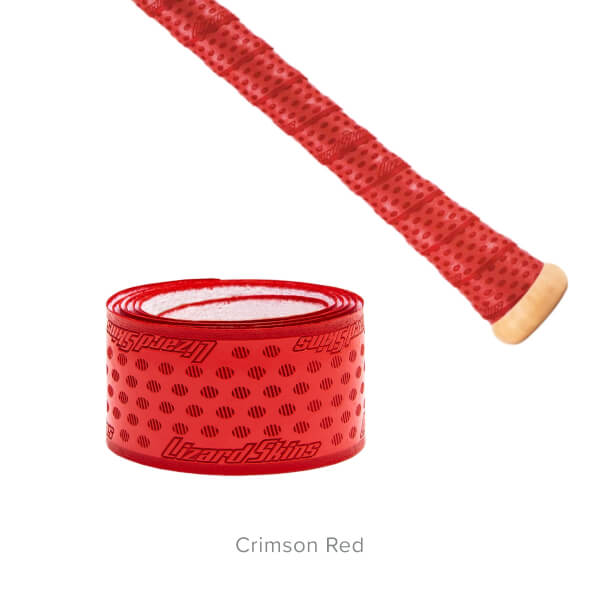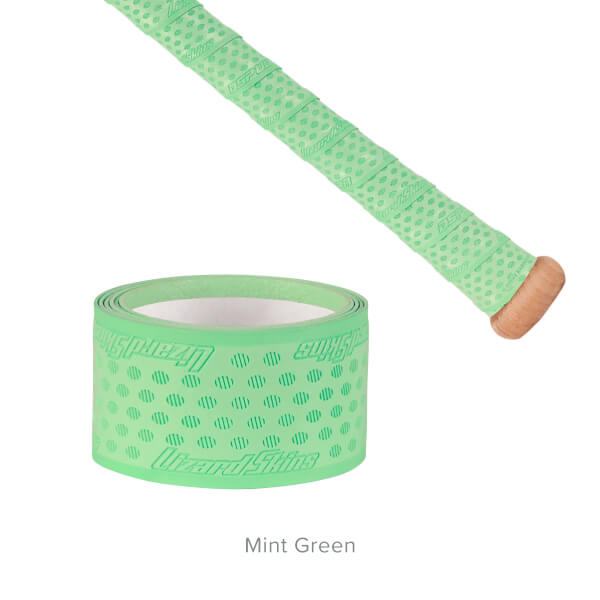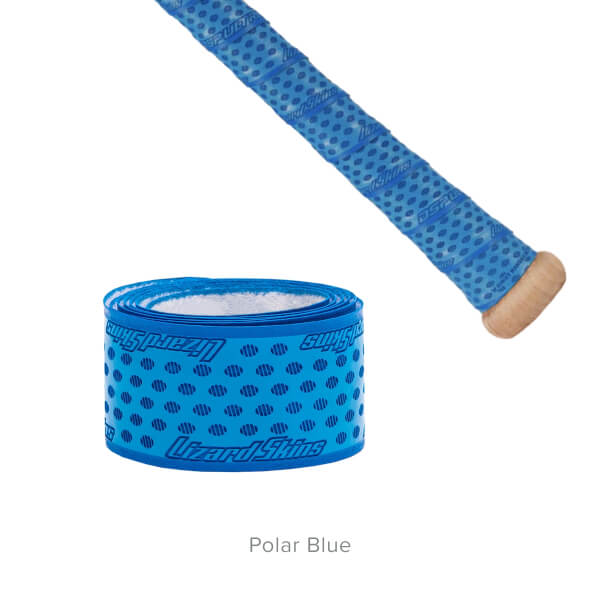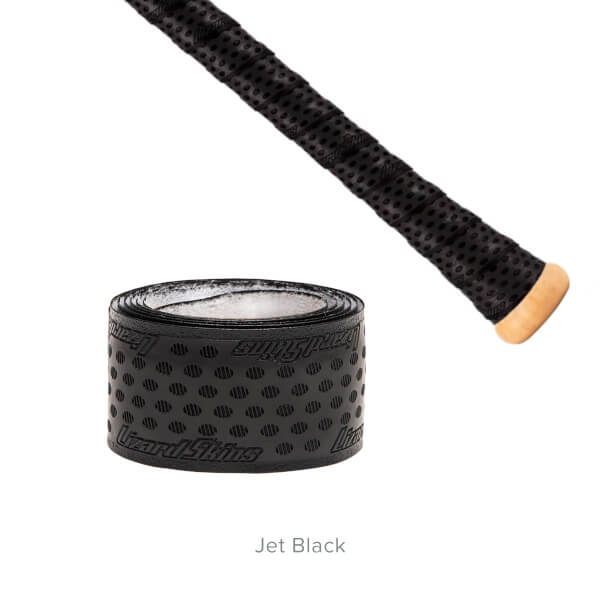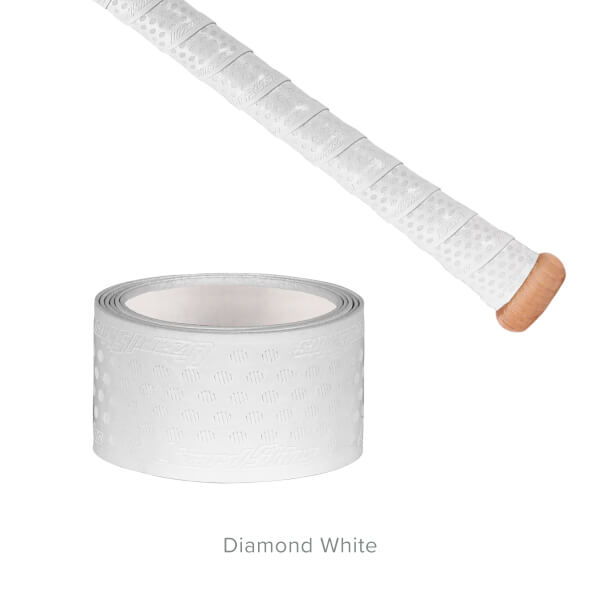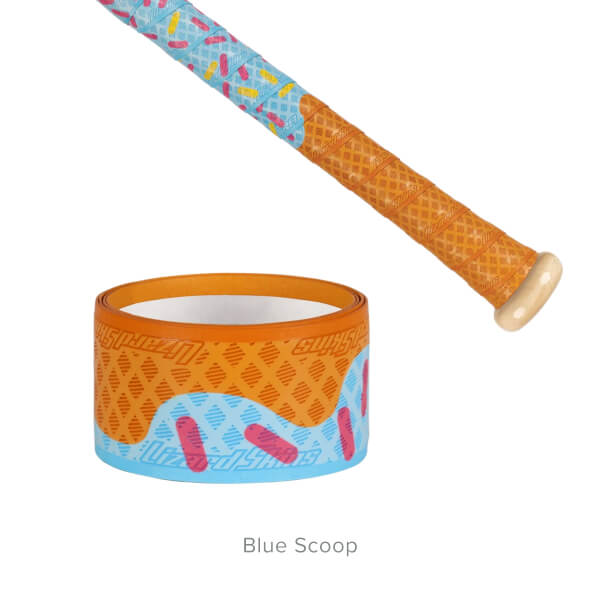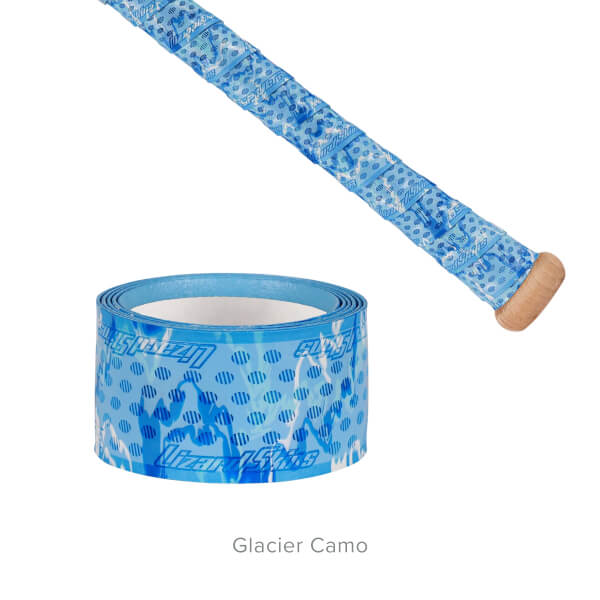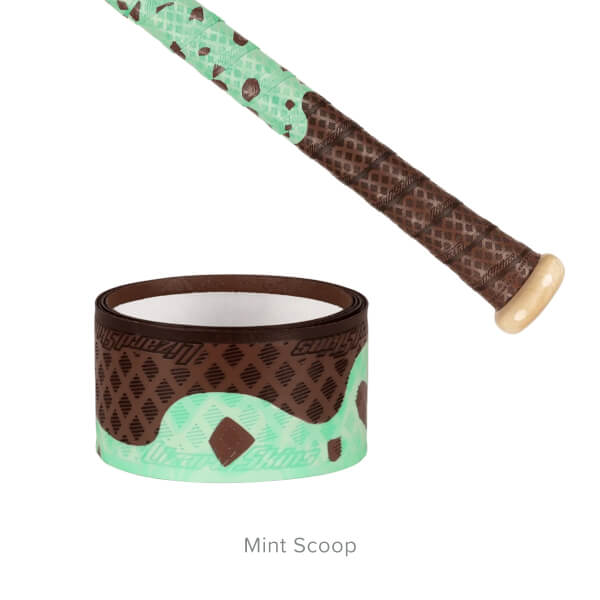DeMarini Ultimate Classic Slow Pitch Softball Bat: DXDUS
Features
2 1/4 Inch Barrel Diameter
Free Shipping!
Full Twelve (12) Month Manufacturer's Warranty
Approved for Play in ASA, USSSA, NSA, ISA, ISF
DX1 Alloy
One-Piece Alloy Design
Redesign of the #1 Alloy Slow Pitch Bat of All-Time
Doublewall Construction
Rotation Index for Even Break-In
Positack 2 Grip
N2M End Cap
Description
Reviews
Average Ratings Based on 8 Customer Reviews
Bulldog
Pros: This was a replacment for my B52. This bat is SICK. I love it to death. I have BOMBS all over the outfield, and I mean BOMBS. Great ot of the wrapper.
Cons: I bought this bat in May. Less than two months in I have put in a claim into Demarini. The bat has a wicked dent, and I DO rotate the bat EVERY SWING :(
bombz aweigh
Pros: Hot outta the box for an aluminum bat. good sound and feel.
Cons: feels an oz. heavier than what it's listed at.
Softballgirl1
Pros: This bat is definitely very similiar to the "original". It has good pop and the range is awesome! I'm a mere 5'4, 125lbs but I stroke it deep OF and line shots. Very satisfied!
Cons: none
camel
Pros: great bat had good pop first use but after a couple swing the bat changed and the ball came flying off the batt even are mush balls
Cons: none that come to mind
HA
Pros: The bat has amazing feel and pop from the first swing. The ball was flying off of the bat. It has a really great sweet spot thats actually pretty forgiving when you don't hit the ball exactly where you really want to. You can still get alot of drive when you don't make ideal contact or if you get way out in front of a pitch. Something to think about with this bat is its a one piece bat that doesn't have the same amount of flex or whip of some of the other two piece bats that are available. That doesn't mean you can't hit some serious bombs with this thing though, like i said the ball will fly off of this thing when you hit the ball. I think this makes this an excellent bat for anyone looking to buy their first "real" softball bat or putting any serious amount of money into a bat. I would recommend this bat to anyone at really any level of play.
Cons: None
Chris
Pros: Looks and feels like the original in my bat bag already.
Cons:
Ryno
Pros: Not sure. Huge dent appeared in the middle of the barrel after about 30 swings in indoor tunnel hitting old game-used .44/.375 ASA balls.
Cons: Durability seems to be a concern. Hoping I just got a defective bat and the warranty replacement will hold up better.
LC
Pros: Has amazing pop for an aluminum bat. This is my first double-wall bat and the ball just jumps off the bat. It has a good balance about it and large sweet spot. I was hitting deep shots and plenty of line drives.
Cons: None so far.
Questions and Answers
Have a question about the DeMarini Ultimate Classic Slow Pitch Softball Bat: DXDUS? Ask our team of experts and they will respond within 24 hours.
if you break in at a batting cage. will that hurt the preformanec on the softball field? mike
Is this bat end or balance loaded? I usually swing a 30oz bat ... wondering what the feel is like. WilG
How similar is the performance of this bat to the original 2003 Classic? Wade
hows the shelf life of a bat like this? specifically compared to the F2 and F3? skip
When will the 2012 DeMarini Ultimate Classic appear on the asa approved slow pitch list for "2004 and Beyond Approved Bats " ? Hometheater
Is there any composite in this bat? or is it 100% metal? mikey
Can I use this bat in colder weather? Will it get damaged if I use it in temps below 60 degrees? Steve
Does this bat meet the 2013 USSSA requirements, or is there a 2013 model coming soon? chief five one
Is this a single wall bat? Thanks Devy
Is this a good bat for .52 cor 300 compression balls? VaderZ
I noticed that only 26 oz is in-stock. I prefer 27 or 28 oz. Will there be more of these in stock soon, at this price? chief five one
About the Brand

In 1992, DeMarini Sports had something to celebrate. The three-year-old company had climbed a rung on the proverbial ladder of success, moving its world headquarters from a dirt-floored barn to a slightly larger metal shack. "It was a big move for us," recalled Ray DeMarini from the batting cage of DeMarini Sport’s present-day Bat Industrial Complex. "The new shop was larger, more storm resistant, and -best of all- it had a heater."
In the early days, DeMarini Sports hardly made a blip on the radar screen of softball. With no retailers and virtually no advertising budget, DeMarini grew steadily by selling high-performance bats directly to customers. While established companies made "juiced" bats for the pros and ordinary bats for the public, DeMarini focused on making one line of high-performance bats for pros and amateurs alike. This approach, combined with a passion for the sport, led to the greatest innovation in softball history - the world’s first multi-wall bat: the DeMarini Doublewall.
Released in 1993, the DeMarini Doublewall was the world’s first multi-wall bat. Like a modern golf driver or oversized tennis racket, the Doublewall had a giant "sweetspot," which allowed average players to hit like pros. DeMarini’s sales exploded, and before long opposing bat manufacturers to notice. DeMarini - a homegrown company led by a softball fanatic - had shaken the establishment silly.
To understand the rise of the DeMarini Dynasty, you need to know Ray DeMarini. A cult hero among avid players, Ray DeMarini emerged on the professional softball scene at the age of 40, a veritable geriatric among younger players. With a scientific approach to training, a batting speed of 96 miles-per-hour and a bombastic attitude, DeMarini fast earned a reputation as a savage competitor.
In June of 1987, ESPN launched a nationwide search for a hardcore player to advise on a series of instructional softball videos. When approached by producer Erich Lytle, the biggest boys in softball repeatedly spoke of a five-foot-seven softball giant—Ray DeMarini. DeMarini had mastered reflex hitting, a technique that drops the ball squarely between the infield and outfield. Impressed with DeMarini's knowledge and scientific approach to training, Lytle not only hired Ray as an advisor—he hired him as the host. Together, they produced Ray DeMarini's Reflex Hitting System, ESPN's most successful home video to date.
Having garnered national recognition through ESPN, Ray turned his efforts toward designing a high-performance bat for the masses. To accomplish this, he needed an engineer. "Not just an engineer," he said, "but a boot-strapping rocket scientist who could build an empire with pocket change." Ray's call was answered by Mike Eggiman. Having grown up on a farm, Eggiman was adept at making the most of a situation. Case in point: the company's first piece of automated bat-making equipment had the heart of an abandoned washing machine.
With Eggiman as Chief Engineer, DeMarini Sports delivered a series of industry firsts: the first multi-wall bat (Doublewall Distance), the first high-performance bat for massive players (Fatboy) and the first high-performance youth bat (Black Coyote).
In 2000, DeMarini joined forces with Wilson Sporting Goods to develop the next generation of hitting technology. Ray believed it was a perfect fit, as both companies shared a vision of developing game-enhancing equipment for avid players. What’s more, the companies had complimentary products: Wilson was the leader in gloves, balls and protective gear, while DeMarini made the world’s finest bats. According to Chris Considine, Vice President/General Manager of Wilson Sporting Goods: "The thing that struck me most about DeMarini was their passion for sports and their true competitiveness.
Within a year, DeMarini unveiled the industry’s first concept bat, the $35,000 F1. Secured under lock and key at the DeMarini Bat Industrial Complex in Hillsboro, Oregon, the F1 served as a technological storehouse for future products, including DeMarini’s landmark Half & Half system.
In December 2001, 12 years after the genesis of DeMarini Sports, Ray DeMarini died of cancer in his Northwest Portland home. He was 55. The next summer, the Portland Metro Softball Association paid homage to the “King of Softball” with the dedication of Ray DeMarini Field. Formerly known as Delta #1, the field was DeMarini’s favorite place to test bats during the early days of business. Ray DeMarini—bat maker and player extraordinaire—was remembered for his high-performance softball bats and unwavering encouragement of everyday players. Today, a 40-foot sign announcing RAY DEMARINI FIELD graces the outfield, and an interpretive display chronicling Ray’s life greets players as they register for games.
More "Insane Dedication to Performance" is in store for tomorrow.
Bat Properties
| Approved For | ASA |
|---|---|
| Bat Type | Softball |
| Deals | Bundle and Save |
| Material | Aluminum |
| Softball Bats | Slow Pitch |
| Vendor | DeMarini |
Related Products

 Only at
Only at

 Only at
Only at
Need Help Finding a Bat?
We know that buying a bat might not be easy, but we are here to help!












